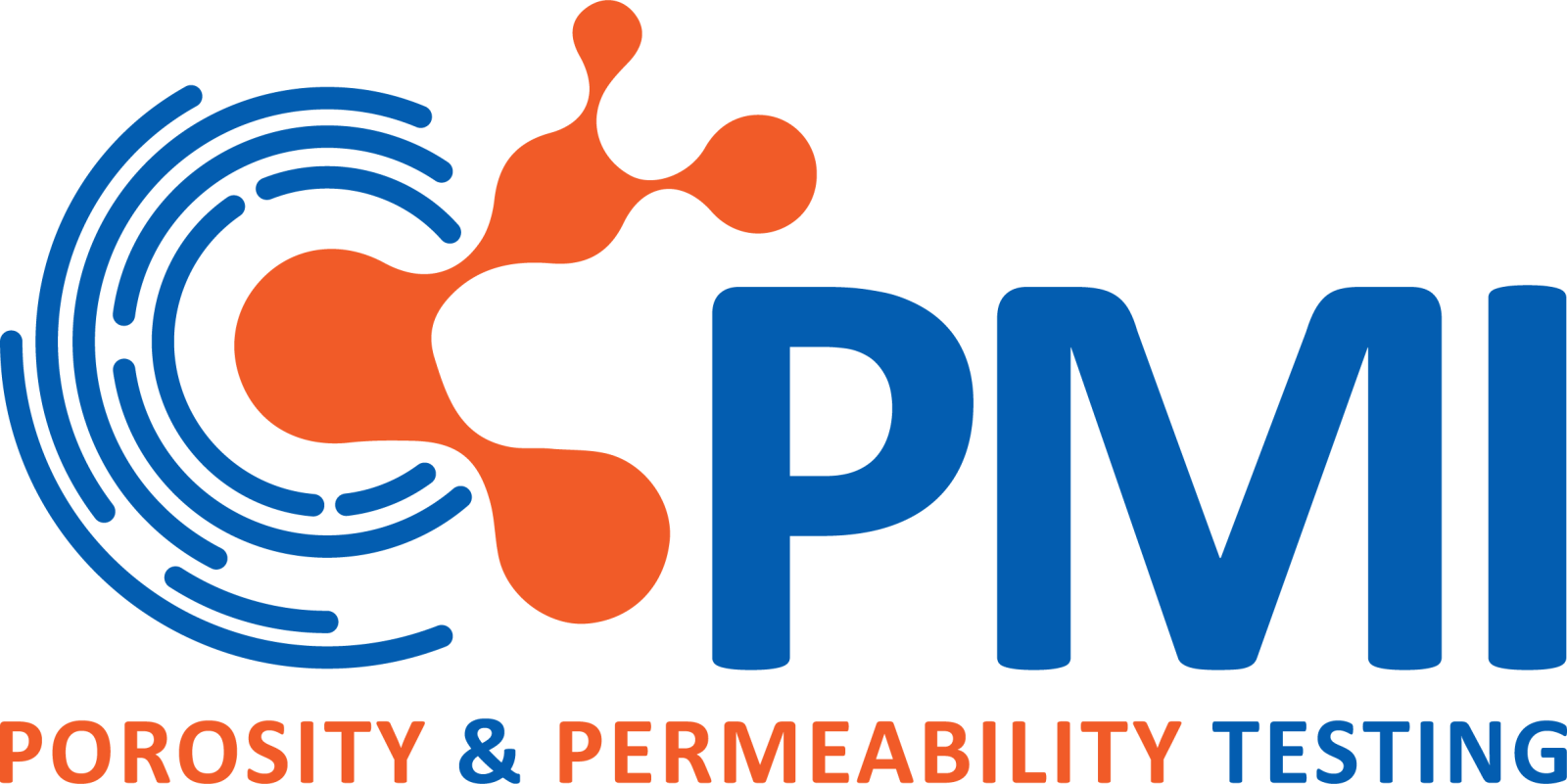Notifications

4 minutes, 0 seconds
-20 Views 0 Comments 0 Likes 0 Reviews

Do you ever wonder how we measure the tiny holes in materials? Those tiny holes, referred to as pores, determine how a material allows gas or liquid to flow through it. This is critically important in devices such as filters, membranes, or even masks. In this article, we will describe three primary methods to test these pores: liquid porometry test, in-plane gas permeability, and pore size testing—all written in very easy English.
A liquid porometry test is a method of measuring pore size in a material. This test fills all the pores using a special liquid. Then gas is forced through the material. The pressure it takes to force the gas through the liquid-filled pores indicates the size of the pores.
Why is it done? To determine the smallest and largest pore sizes.
Where is it applied?
In filters, membranes, and textiles.
How does it work?
Fill pores with wetting fluid.
Force gas through the material.
Measure pressure at which the gas begins to flow.
Calculate pore size from that pressure.
This technique is highly accurate and won't damage the material.
in plane gas permeability how freely gas moves across the surface of a material, rather than through it. Picture placing a sponge flat and blowing air across it from one side to the other—that's what this test does.
Why is it done? To understand how freely a material will let gas move sideways.
Where is it used? In battery separators, clothing fabrics, and fuel cells.
How does it work?
A gas is pushed from one side of the material.
Sensors detect how much gas escapes on the other side.
From this, the speed and ease with which the gas travels are worked out.
This test identifies the optimal materials for a particular task, such as allowing air through but not water.
pore size testing is a collective term for various tests that test how large or small the pores in a material are. Pores may vary in size and shape, and they influence the way a material functions.
Why is it performed? To choose the appropriate material for filtering, breathing, or water flow.
How is it performed?
Utilizing gas or liquid to travel through the pores.
Testing the flow rate or pressure.
Using machines like porometers or microscopes.
Good pore size testing helps in making better and safer products.
In plain language, liquid porometry tests, in-plane gas permeability, and pore size testing are significant means of finding out about the minute pores in materials. These tests enable industries to ensure their products perform well—whether it is a filter that allows air but not dust, or a fabric that breathes yet remains dry. Knowing about these tests enables us to appreciate how intelligent materials are!
liquid porometry test in plane gas permeability pore size testing

